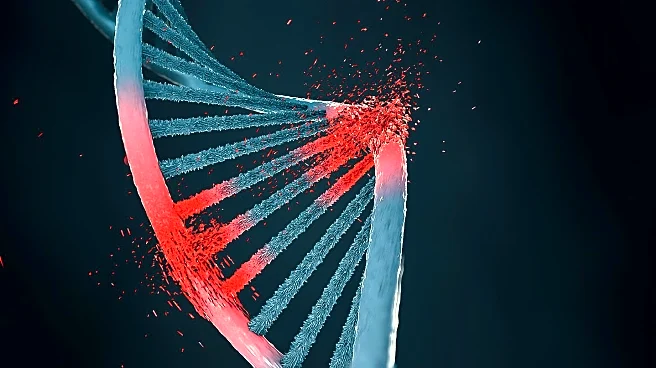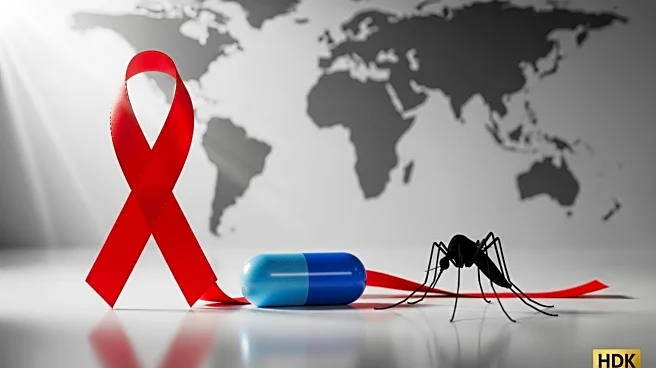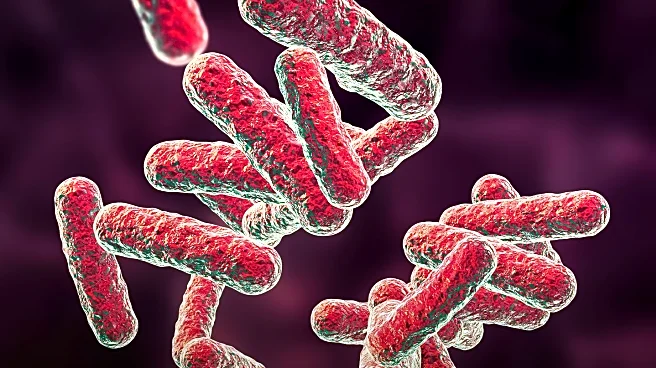What's Happening?
A new study has uncovered how the HIV Tat protein undermines cellular defenses, increasing susceptibility to tuberculosis (TB) among people living with HIV. Despite effective antiretroviral therapy (ART), patients remain at higher risk for TB due to the Tat protein's interference with immune system pathways. The research, conducted by the French National Centre for Scientific Research and published in PLOS Pathogens, highlights Tat's role in inhibiting clathrin-mediated endocytosis and autophagy, crucial processes for pathogen elimination.
Why It's Important?
This discovery is crucial for understanding the persistent vulnerability to TB among HIV-positive individuals, even those on ART. By identifying the mechanism through which HIV Tat protein disrupts immune defenses, the study provides insights that could lead to new therapeutic strategies. Enhancing autophagy or preventing Tat's interference could complement existing HIV treatments, potentially reducing TB incidence and improving patient outcomes. This research underscores the need for innovative approaches to tackle co-infections in HIV patients.











